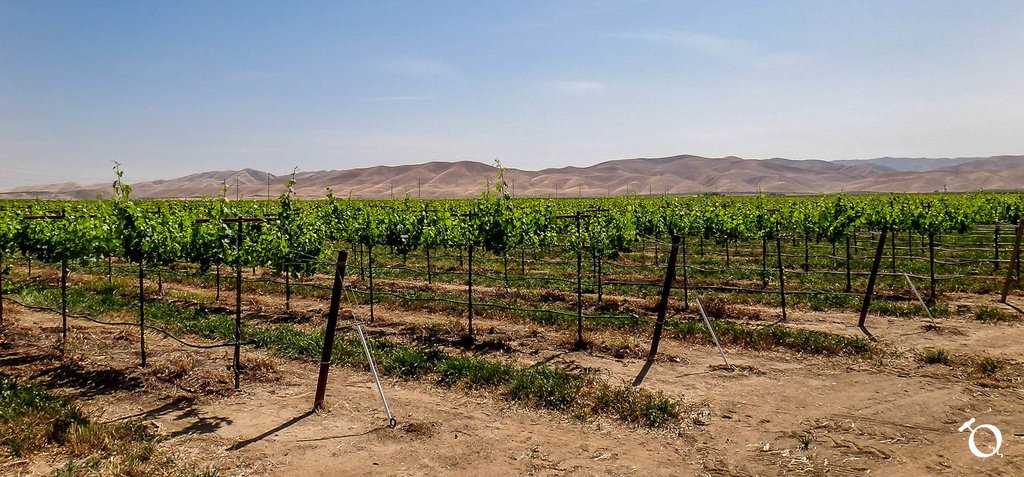The Altus viticultural area is located between the southern Boston Mountain and the Arkansas River Valley and around the town of the same name. The town was founded in 1870 along the Iron Mountain Railroad and soon German and Swiss settlers moved in and started making wine from the local fruit.
The first winery in the area was created by Johann Andreas Wiederkehr. Soon after arriving he established his winery and worked to improve the quality of the grapes used and soon received a patent for his Campbell Early varietal. Today, the Wiederkehr Wine Cellars still makes wine more than 130 after having been designated bonded winery number 8 in the United States. The winery is located outside the town of Altus in the city of Wiederkehr Village.
During the same time period, the family of Jacob Post arrived in Altus and began making wine for his family and friends. Mount Bethel Winery has been making wine in Altus almost as long as Wiederkehr family. Soon after arriving in the 1870s the Post Familie Winery established a winery in the 1880s. Unfortunately, the winery was forced to close when Prohibition began in 1918 in Arkansas.
Prohibition was hard on the Post family. Jacob’s son Joseph was jailed for bootlegging, which his daughter-in-law Katherine ran the family restaurant (while still producing and selling wine on the side, or so they say...) Katherine’s sons, Eugene and James worked to re-establish Arkansas viticulture after the Eugene went to the University of Arkansas and earned a degree in Chemistry which he used to reopen the Mount Bethel Winery. James worked with the Arkansas Legislature to write the new laws for wine production after the “Noble Experiment” failed. Later James and his son Matthew went on to buy the farm of Joseph Bachman, the foremost viticulturist in the state to create their own winery, Post Familie Vineyards.
The geology of the area is sedimentary with sandstones and shale that overlay older limestones and dolomites. The soils of the region are mostly from the Linker series and consist of sandy, slightly acidic loams that are well drained and rich in silica.
The climate of Altus is mild in the winter with temperatures average temperatures being slightly below freezing. The summers, on the other hand, are hot, averaging 90+ degrees in August. The precipitation falls fairly regularly in the region with each month receiving about 4 inches of rain.
In addition to the Wiederkehr, Mount Bethel and Post Familie cellars, there are two other wineries in the appellation. Chateau Aux-Arc, named for the bend in the Arkansas River that gave the larger region, Ozark, it’s name was established in 1998. The Neumeier Winery, located in Wiederkehr Village specializes in dry Muscadine wines.





















